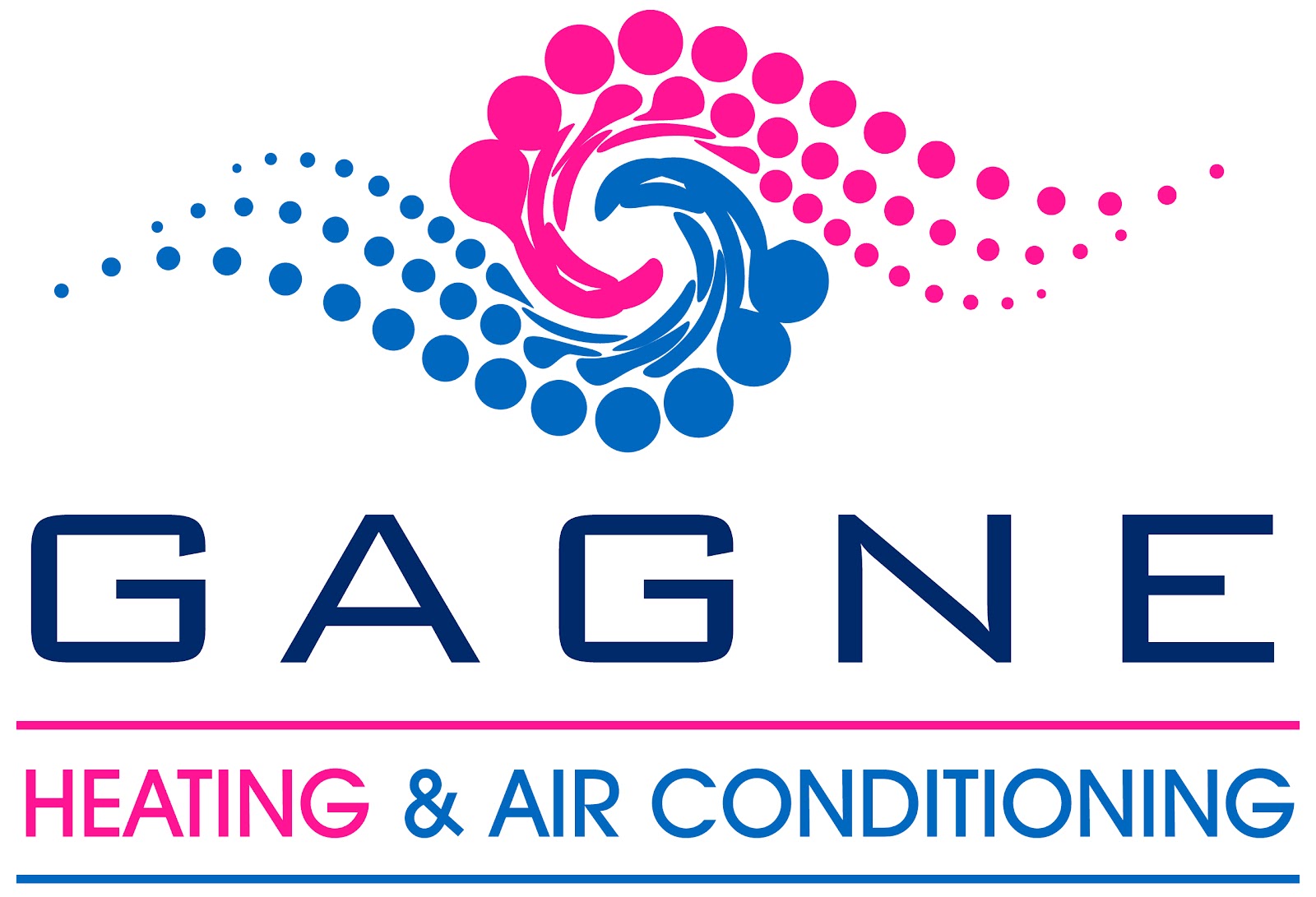Winter is upon us, which means millions of homes have crackling fires burning in the hearth, sending narrow wisps of smoke out through chimneys all across the country.
However, something you probably don’t know about your fireplace is that this charming symbol of cold weather comes at a high cost—and we’re not just talking about the price of a couple of logs. The reality is that wood-burning fireplaces are one of the most inefficient heat sources out there, and here’s why.
A typical fireplace can consume more than 20,000 cubic feet of air per hour. How it happens is simple: heated air is sucked into the fire and released through the chimney, forcing your heating unit to work harder to keep your home warm. Then, that air is sucked up into the chimney as well, continuing the costly cycle.
In fact, up to 90% of the heat created by a wood-burning fireplace goes straight up the chimney and outside. Even when the fireplace is not in use, warm air can still escape up the chimney, since it provides a constant open connection between the inside of your home and the elements outside.
You might also be surprised to learn that the inefficiency of the conventional fireplace and chimney has long been known.
The Huffington Post points out that even the well-known Founding Father and scientist Benjamin Franklin criticized this heating model back in 1745, when he wrote: “The upright heat flies directly up the Chimny. Thus Five Sixths at least of the Heat (and consequently of the Fewel) is wasted, and contributes nothing towards warming the Room.”
On top of their energy wastefulness, many people frown on wood-burning fireplaces for reasons of health and safety. The nonprofit organization Environmental and Human Health, Inc., urges people to be cautious around their fireplaces, since fireplace smoke contains soot, formaldehyde, sulfur, carcinogens, and deadly carbon monoxide. Not to mention, improperly managed fires can easily get out of control and burn down homes.
The most energy efficient approach to heating your home is to avoid having fires in your fireplace and having the flue plugged, or you might consider getting a self-contained gas fireplace instead.
But occasionally it’s nice to curl up in front of a warm winter fire. Fortunately, there are a few things you can do to make your fireplace as efficient as possible, such as:
- Reseal the damper
- Close room doors and crack the nearest window (allowing the fire to consume fresh air instead of heated air in the home)
- Lower your thermostat
If you have a fireplace, you will also want to call a certified emergency heating specialist in metro-Atlanta to find out ways you can make your system more efficient and save money this winter season.

